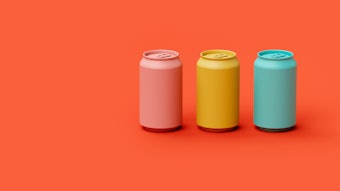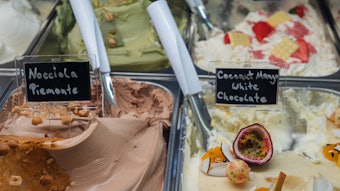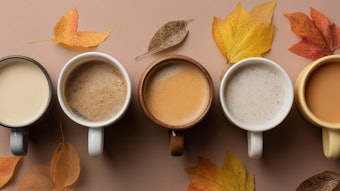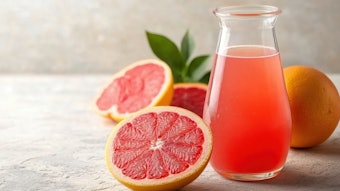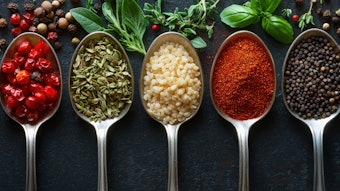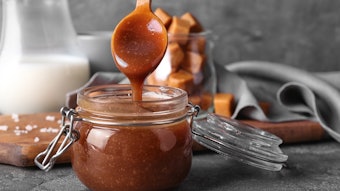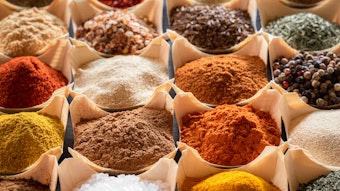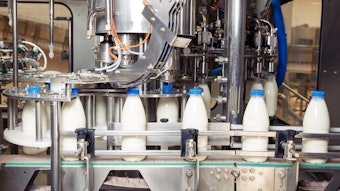A paradox is a seeming contradiction. In the flavor industry, a tantalizing paradox is the combination of internal flavor houses (flavorists in a consumer-goods company) and external flavor houses (flavorists in a flavorcreation company). Surely one or the other can suffice. One can certainly win with solely internally created flavors, or one can succeed with solely externally created flavors. But the odds of winning big are immensely increased by leveraging the flavor paradox: sharing key value-added formulation steps between internal and external flavor houses working in partnership. Winning big means the creation of breakthrough aesthetics systems.
Breakthrough Aesthetics Breakthrough aesthetics are taste, aroma, and mouthfeel attributes purposefully designed into products to make them clearly consumer-preferred. These provide enjoyable experiences for the consumer and are aligned perfectly with the product’s positioning and equity. Note that the product could be a specialty chemical, a key or accord, a finished flavor, or a finished consumer product. A breakthrough product is one in which the breakthrough aesthetics merge seamlessly with the product’s benefits and with the consumer’s needs (Figure 1).
Breakthrough Attitudes Personal and corporate attitudes can get in the way of breakthrough aesthetics. For example, some finishedproduct people believe that laying their flavor development totally in the hands of an external company gives away too much control, delays timelines, and puts an unnecessary barrier between the creation process and the needs of the consumer. Some finished-product people also believe that external flavorists have unfair advantages in being able to test prototypes more quickly and more often than they can, enabling them to tip the odds back by withholding information.
